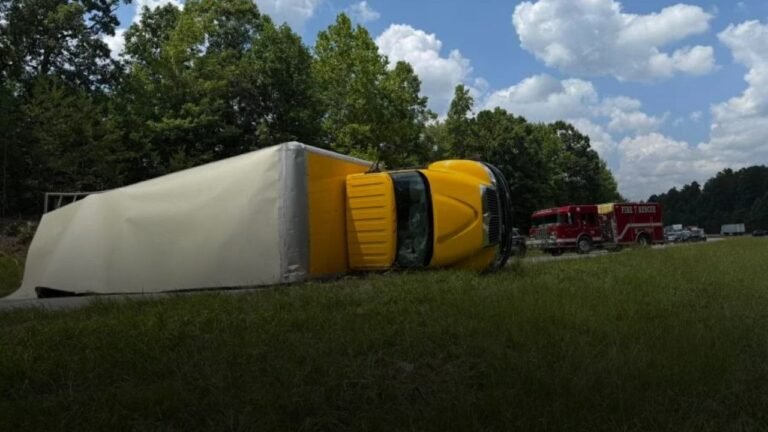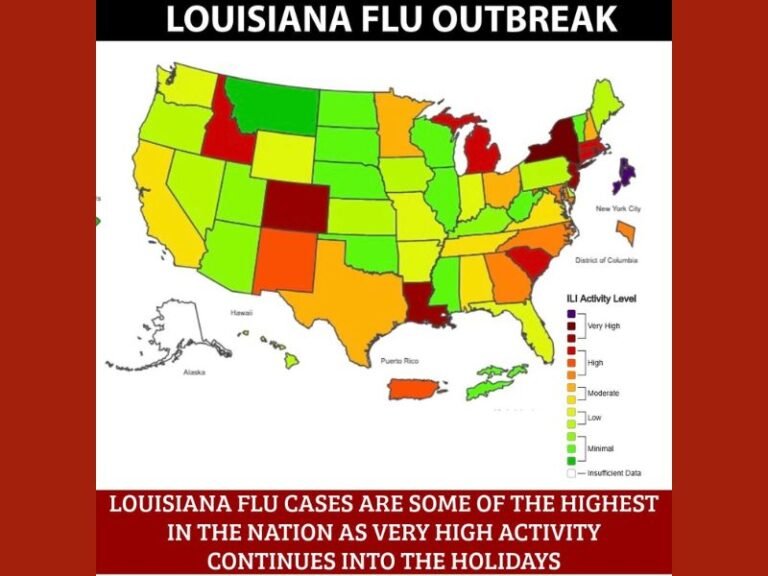Evidence of Ancient Asteroid Impact and Tsunami Found in North Carolina
MOORE COUNTY, N.C. — Scientists have uncovered striking evidence in North Carolina that traces back to an asteroid strike 35 million years ago, an event that reshaped the region and triggered a massive tsunami.
Asteroid Struck Near Chesapeake Bay
Traveling at nearly 40,000 miles per hour, a three-mile-wide asteroid slammed into the Atlantic Ocean near modern-day Cape Charles, Virginia. The violent impact created the Chesapeake Bay crater, one of the largest and best-preserved craters on Earth, now buried beneath half a mile of sediment.
Researchers say the shock wave obliterated plants and animals for hundreds of miles and ejected molten debris across an area stretching from Massachusetts to Barbados.
Traces Found in North Carolina’s Sandhills
In a newly published study, geologists examined fossil layers in Moore County and discovered four distinct rock beds that match the timeline of the Chesapeake Bay impact.
- The first bed contained sandy clay rich in carbon glass, rock fragments, and iridium, a rare element linked to meteorites.
- The second, thinner layer held silt, quartz, and additional iridium traces.
- The third layer mixed soil with seafloor fragments, suggesting an inland surge of water and debris.
- The fourth bed contained coarse sand, likely deposited by the tsunami that followed the impact.
A Tsunami’s Reach Confirmed
For decades, scientists suspected the asteroid created a far-reaching tsunami, but physical evidence was lacking. These newly identified rock layers provide the clearest confirmation yet, recording the sequence of impact ejecta, plume fallout, inland surge, and tsunami deposition.
Researchers say the finding underscores how a single asteroid event left a permanent geological mark hundreds of miles from the original impact site.
This discovery adds new depth to our understanding of the ancient Chesapeake Bay impact and its ripple effects across the Southeast. What do you think about the Earth’s ability to preserve such cataclysmic events in its rocks? Share your thoughts in the comments and join the conversation at SaludaStandard-Sentinel.com.







